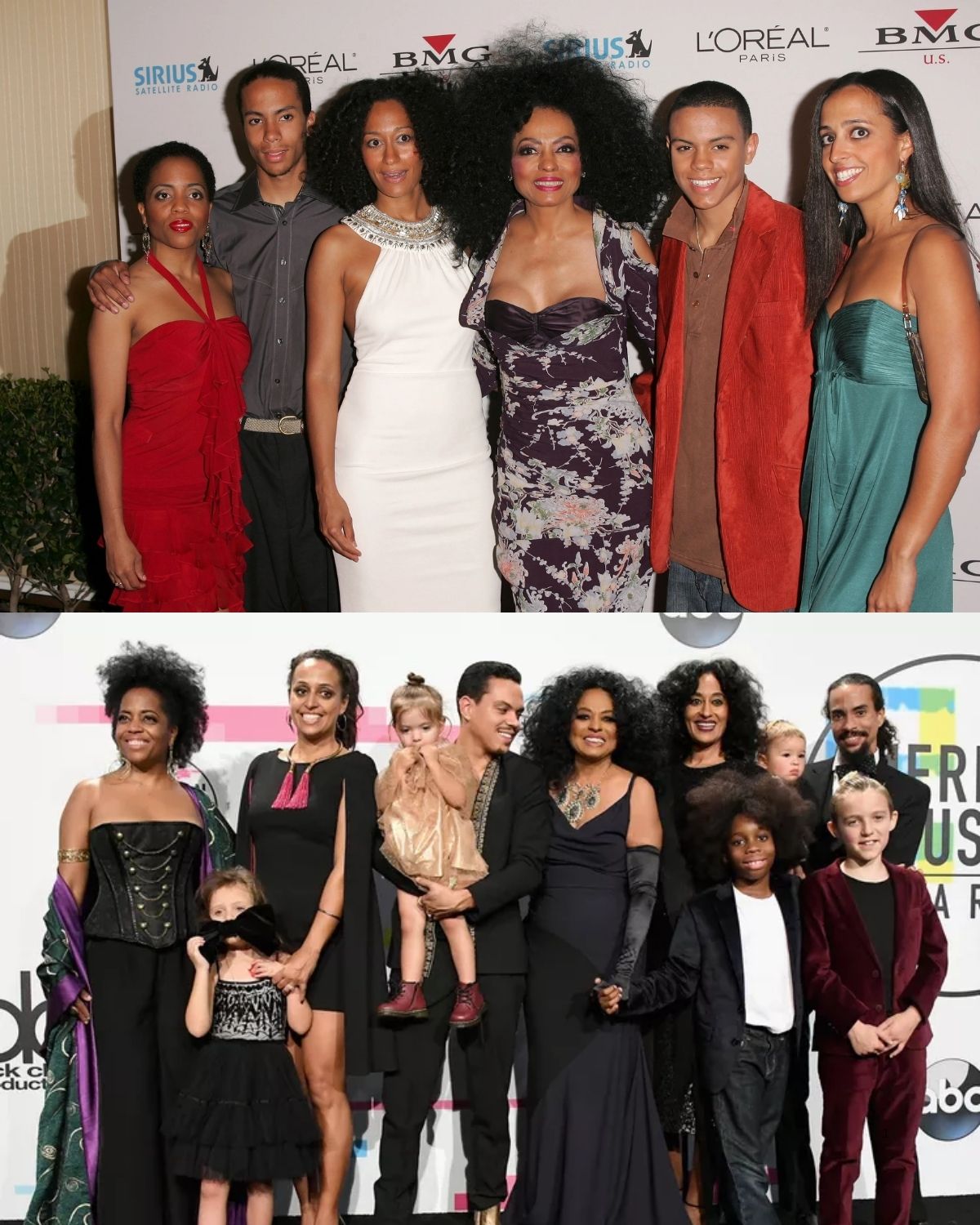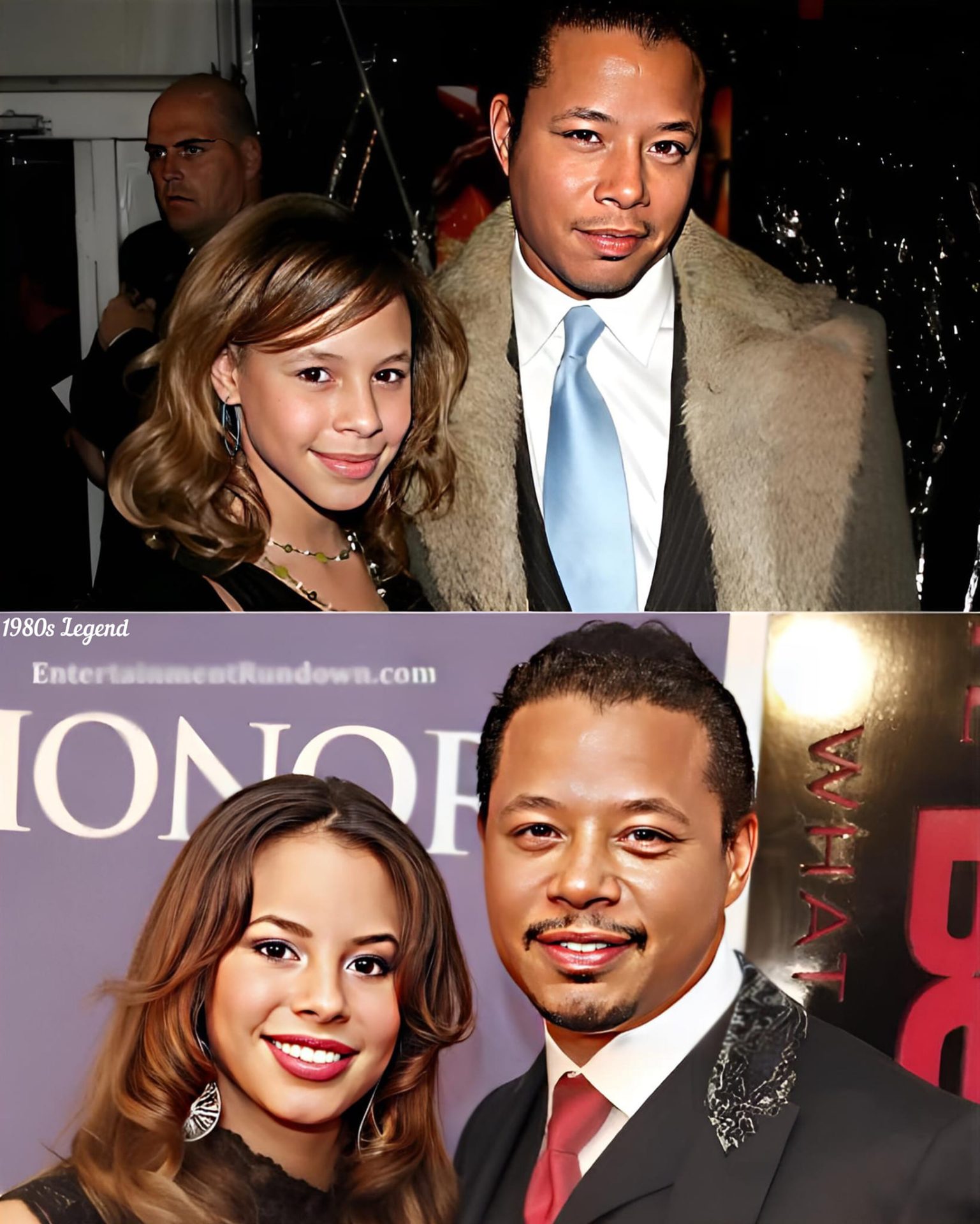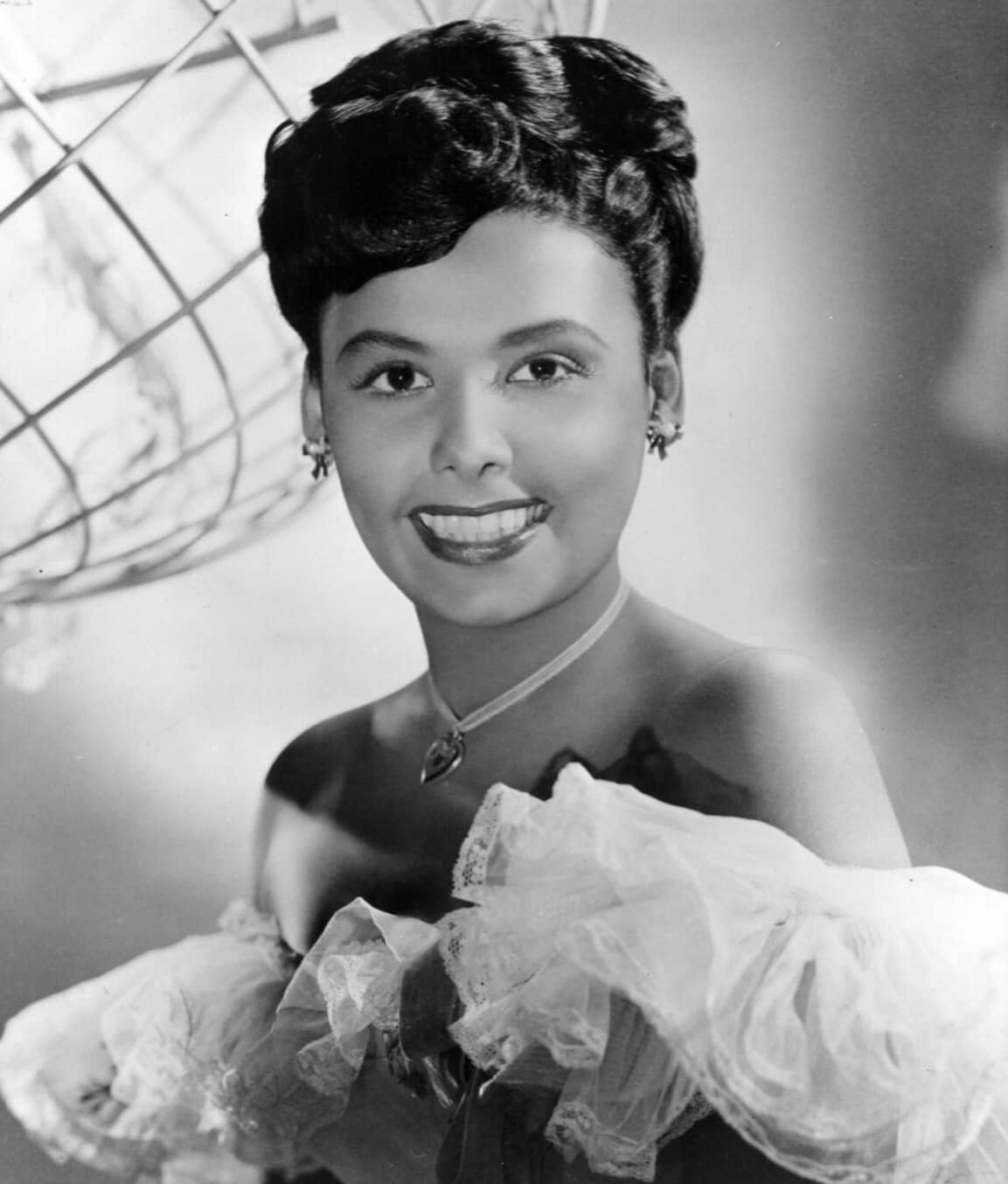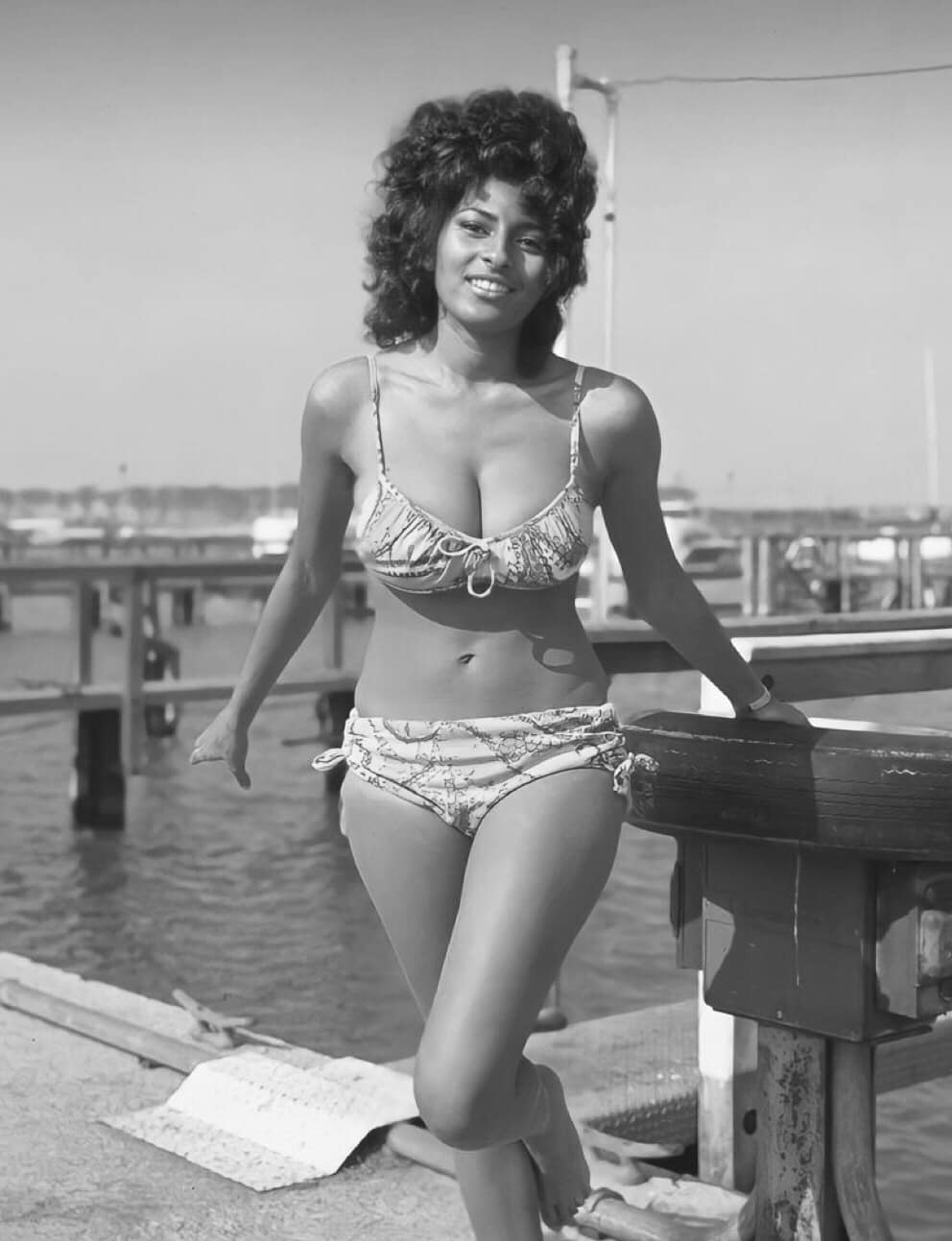Mary Jane Patterson made history when she became the first black woman to receive a college degree when she graduated from Oberlin College in 1862.She was also the first black principal at America’s first public high school for black students. (Preparatory High School for Colored Youth known today as Dunbar High School, Washington, D.C.)—Born in Raleigh, North Carolina, she was the oldest of seven 𝘤𝘩𝘪𝘭𝘥ren.
In 1856, she and her family moved to Oberlin, Ohio, where they joined a growing community of free Black families who worked to send their 𝘤𝘩𝘪𝘭𝘥ren to the college. Her father worked as a master mason.
For many years, the family boarded large numbers of Black students in their home.
In 1862, Patterson graduated from Oberlin College, earning her historic degree.
On September 21, 1864, she applied for a position in Norfolk, Virginia, at a school for Black 𝘤𝘩𝘪𝘭𝘥ren.
On October 7, 1864, E. H. Fair𝘤𝘩𝘪𝘭𝘥, principal of Oberlin College’s preparatory department from 1853 to 1869, wrote a recommendation for an “appointment from the American missionary Association as a … teacher among freedmen.
“In this letter, Fair𝘤𝘩𝘪𝘭𝘥 described Patterson as “a light quadroon, a graduate of this college, a superior scholar, a good singer, a faithful Christian, and a genteel lady. She had success is teaching and is worthy of the highest … you pay to ladies.”The following year, she became an assistant to Black educator Fanny Jackson in the Female Department of the Institute for Colored Youth in Philadelphia.
In 1869, Patterson accepted a teaching position in Washington, D.C., at the newly organized Preparatory High School for Colored Youth — later known as Dunbar High School.
She served as Dunbar’s first Black principal from 1871 to 1874.During Patterson’s administration, the name “Preparatory High School” was dropped, high school commencements were initiated, and a teacher-training department was added.
Her commitment to thoroughness as well as her personality helped her establish the school’s strong intellectual standards.
Patterson also devoted time and money to other Black institutions in Washington, especially to industrial schools for young African-American women, as well as to the Home for Aged and Infirm Colored People.
Her achievements as a leading Black educator influenced generations of African-American students and paved the way for other Black female educators.






